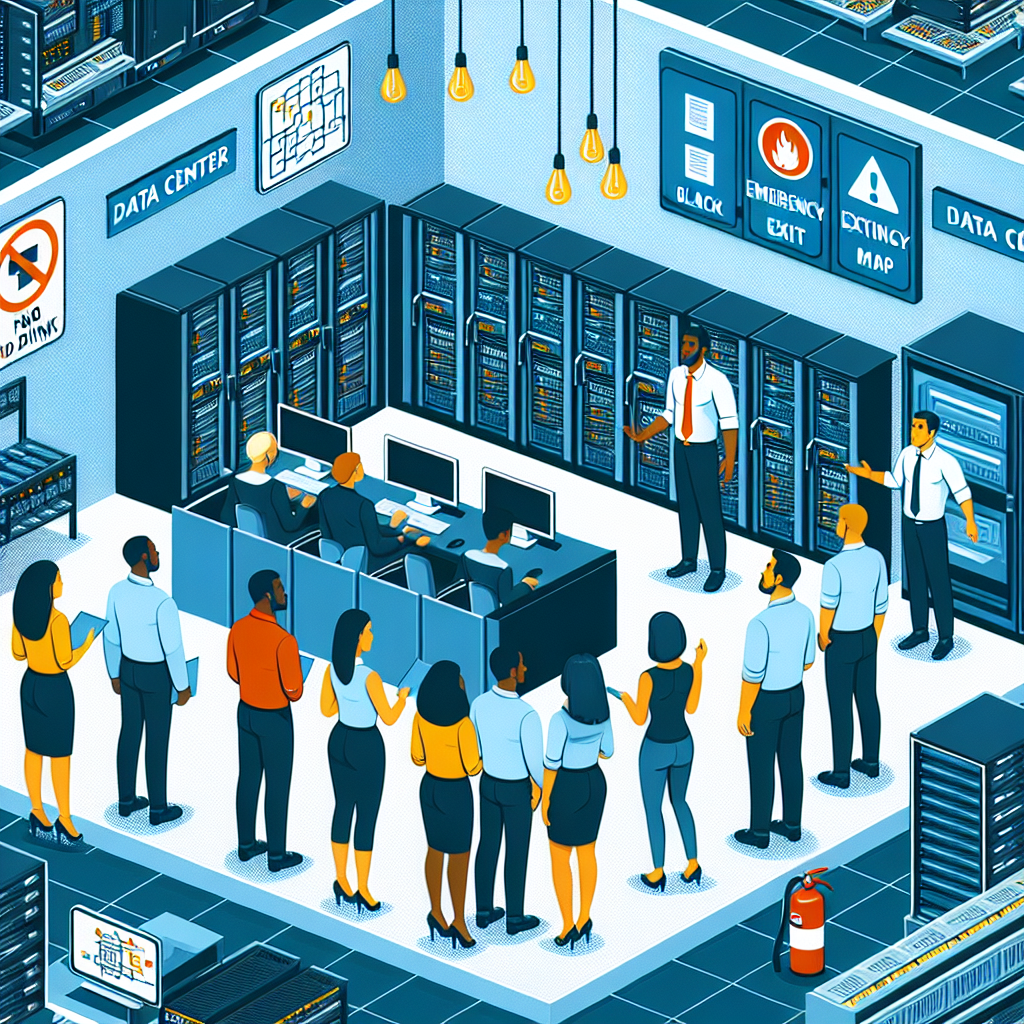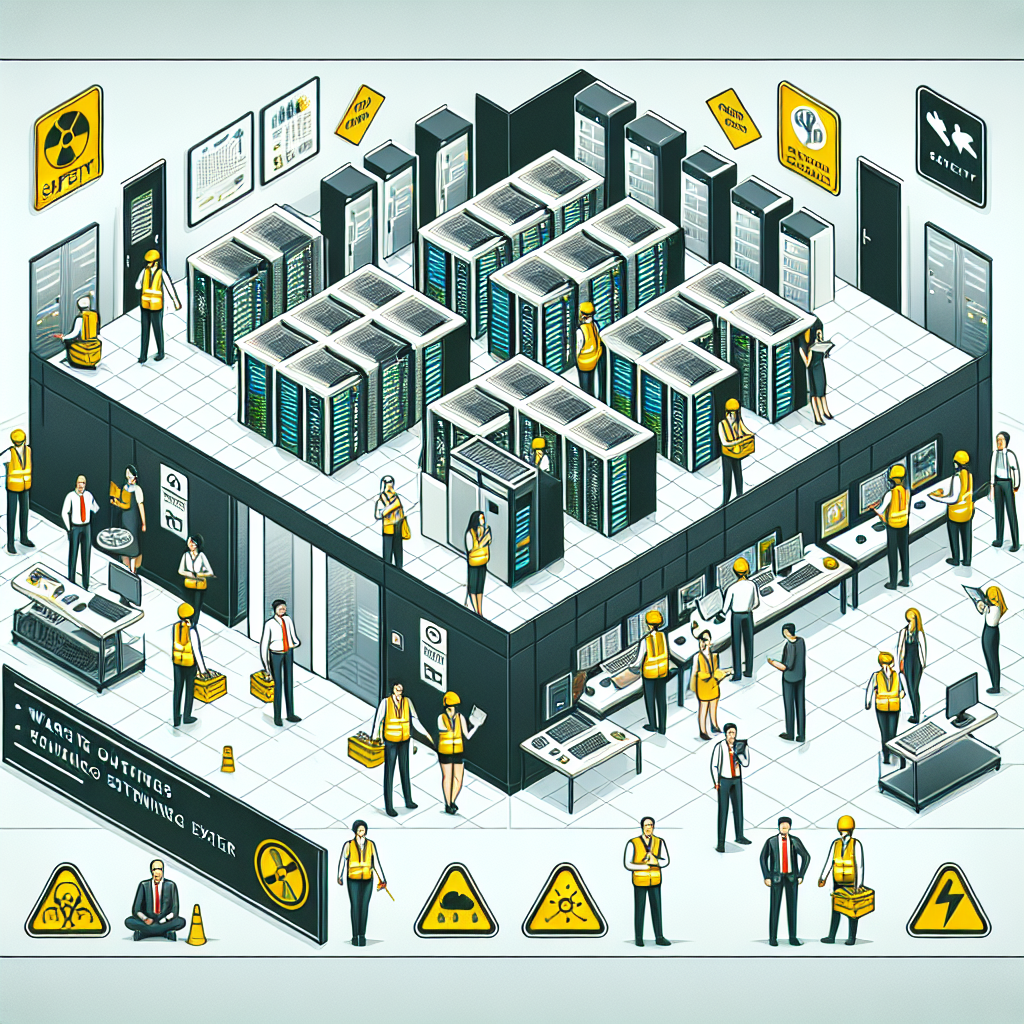In today’s fast-paced and ever-evolving data center environments, documentation is key to ensuring smooth operations, effective troubleshooting, and seamless transitions between team members. Creating a culture of documentation is essential to maintaining an efficient and organized data center environment.
Documentation in the data center encompasses a wide range of information, including network diagrams, equipment inventories, configuration settings, and troubleshooting procedures. This information is crucial for ensuring the proper functioning of the data center and for quickly resolving any issues that may arise.
One of the first steps in creating a culture of documentation in the data center environment is to establish clear guidelines and expectations for what should be documented and how it should be organized. This may include creating templates for network diagrams, equipment inventories, and troubleshooting procedures, as well as defining naming conventions and file storage locations.
It is also important to assign responsibility for documentation to specific team members or teams within the data center environment. By designating individuals or groups to oversee documentation efforts, you can ensure that documentation is consistently updated and maintained, even as team members come and go.
Regularly scheduled documentation reviews and audits can also help to ensure that documentation remains accurate and up-to-date. By setting aside time to review and update documentation on a regular basis, you can identify any gaps or inconsistencies in the information and take steps to address them before they become a problem.
In addition to creating and maintaining documentation, it is important to foster a culture of collaboration and communication within the data center environment. Encouraging team members to share their knowledge and experiences, as well as to ask questions and seek help when needed, can help to ensure that documentation is comprehensive and thorough.
Finally, investing in tools and technologies that streamline the documentation process can also help to create a culture of documentation in the data center environment. From network monitoring software to configuration management tools, there are a wide range of solutions available that can help to automate and simplify the documentation process, making it easier for team members to capture and share critical information.
In conclusion, creating a culture of documentation in the data center environment is essential for maintaining efficient operations, effective troubleshooting, and seamless transitions between team members. By establishing clear guidelines and expectations, assigning responsibility for documentation, conducting regular reviews and audits, fostering collaboration and communication, and investing in tools and technologies, you can ensure that your data center documentation is comprehensive, accurate, and up-to-date.











